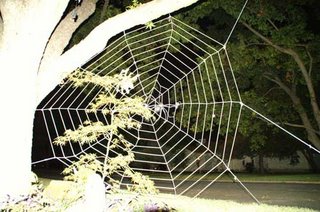
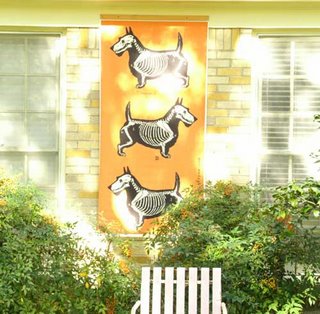

The pups below are from dogster. Take a stroll over there for more fun doggy costumes.







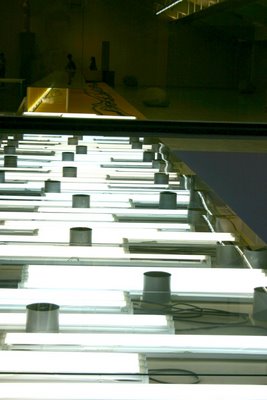
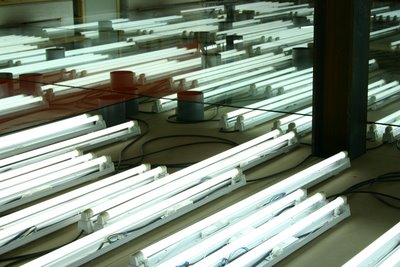

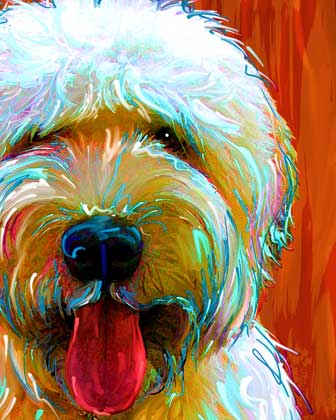

This series of lectures takes the practice of performance in visual arts as departure point, with a view to covering certain thematic extensions that contribute largely to the definition of the individual nature of each performance.More on the Culturgest site.
In addition to an historical approach, the lectures will concentrate on these thematic extensions, thanks to the contributions of a group of speakers from different fields, work areas and artistic domains.







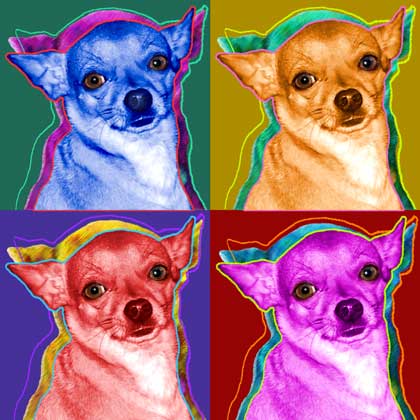
Everything I come up with in my head, I put it on stage. But in 90% of the cases it doesn't work, precisely because it's in my head.
I think about what the audience will think. Every single moment. I want to be there, every evening, and observe what people do when they watch the play. If I feel them disengage or feel uncomfortable, it forces me to think about what I really want.
In the next couple of years I'm determined to make a couple of independent short films. I' m disappointed by a great deal of theatre. I love it, but I am beginning not to like its transience; as I get older I want to do something fixed.- Pete Brooks
Magmart | International Festival of VideoArt | 2nd edition
"Is now starting, till February 2007, the 2nd edition of Magmart | video under volcano, international festival of video art.
The festival is a production of studio tad, with partnership of Casoria Contemporary Art Museum, GenomART and Computer Arts magazine (italian edition)."
Enrico Tomaselli
festival staff
info@magmart.it
http://www.magmart.it
Skype: MetaArt








 Visitors to Paul De Marinis' installation A Light Rain (Helsinki, 2004) were given an umbrella to walk into the rainbow and listen to the music played by water.
Visitors to Paul De Marinis' installation A Light Rain (Helsinki, 2004) were given an umbrella to walk into the rainbow and listen to the music played by water.
 We feel its tendency to be a slide, but it's this very change in definition, this provocation of designing it as something-else, something-more, some sort of hidden being, that brings about the blush of art experience.
We feel its tendency to be a slide, but it's this very change in definition, this provocation of designing it as something-else, something-more, some sort of hidden being, that brings about the blush of art experience. We can. Yet, we don't need to. And since art is to be an enriching experience (even if not always and not necessarily a pleasant one), why limit ourselves? Thus, the art amateur will know (what a scary word!) what he is dealing with. He will take pleasure in discovering all the undiscovered worlds that a quasi-ready-made (post-ready-made?) gives us. He will be extatic about the many directions, readings, he will talk about verticality, and danger, exhilaration, and pleasure... It has to do with enthusiasm and letting go, with laughter as an aesthetic experience, be it of the one laughing or of the one watching others laugh. The problem is, the deeper we go into the theory, the more concepts we use to describe the slide, the further we seem to get from the first purpose of the slide - to make us slide. Sure, we can consider it a wonderful performative installation, we can stay contemplative and look at how grandiose and imposing it seems. But all this would be nothing if there wasn't the sliding.
We can. Yet, we don't need to. And since art is to be an enriching experience (even if not always and not necessarily a pleasant one), why limit ourselves? Thus, the art amateur will know (what a scary word!) what he is dealing with. He will take pleasure in discovering all the undiscovered worlds that a quasi-ready-made (post-ready-made?) gives us. He will be extatic about the many directions, readings, he will talk about verticality, and danger, exhilaration, and pleasure... It has to do with enthusiasm and letting go, with laughter as an aesthetic experience, be it of the one laughing or of the one watching others laugh. The problem is, the deeper we go into the theory, the more concepts we use to describe the slide, the further we seem to get from the first purpose of the slide - to make us slide. Sure, we can consider it a wonderful performative installation, we can stay contemplative and look at how grandiose and imposing it seems. But all this would be nothing if there wasn't the sliding.utopian vision of a world in which slides are a means of getting from one place to another, an alternative to stairs, lifts and escalators.And only then does this whole affair appear as fun, appealing, and something that actually works, rather than as a funny but futile game. (Unless, of course, we accept art as being futile anyhow.)


 The new work by Verónica Conte is called Stratification. It is what I would call a 10-day sculpture, or rather, an evolving sculpture captured in a picture. More frequent visitors to this blog will immediately recognize that I am hinting here at the dramatic - and yet so necessary - moving from object to picture. That actually puts the virtual spectators in a great position: it admits the value of the experience of seeing a picture of a thing, like a document, instead of a real thing.
The new work by Verónica Conte is called Stratification. It is what I would call a 10-day sculpture, or rather, an evolving sculpture captured in a picture. More frequent visitors to this blog will immediately recognize that I am hinting here at the dramatic - and yet so necessary - moving from object to picture. That actually puts the virtual spectators in a great position: it admits the value of the experience of seeing a picture of a thing, like a document, instead of a real thing. This seems like an entirely different universe. It is leading us towards a different experience. The neutrality of the object is gone, as is its distance. It is now an intimate shape, a playful image, a play with sense and senses where what is shown is just hidden enough to be curious. It looks pretty - but also somehow fake. The lack of context takes away the pleasure of believing that it's real. Sure, it's a nice idea, but not much different from a drawing, or a photomontage. And as such, it might be too little to actually hit the soft spot. But take another example (also a Vvoi remastering):
This seems like an entirely different universe. It is leading us towards a different experience. The neutrality of the object is gone, as is its distance. It is now an intimate shape, a playful image, a play with sense and senses where what is shown is just hidden enough to be curious. It looks pretty - but also somehow fake. The lack of context takes away the pleasure of believing that it's real. Sure, it's a nice idea, but not much different from a drawing, or a photomontage. And as such, it might be too little to actually hit the soft spot. But take another example (also a Vvoi remastering): The intimacy is blatantly clear. But more than that, the link to the ground is there. The egg is just an egg-shape, it suggests, but doesn't really reveal. This could still be happening. Then, there is the gel, here in the form of a mass, maybe like boiling water? And then, where is the secret? Is it deep down? Or is it in the dark zone between the tender leaves?
The intimacy is blatantly clear. But more than that, the link to the ground is there. The egg is just an egg-shape, it suggests, but doesn't really reveal. This could still be happening. Then, there is the gel, here in the form of a mass, maybe like boiling water? And then, where is the secret? Is it deep down? Or is it in the dark zone between the tender leaves?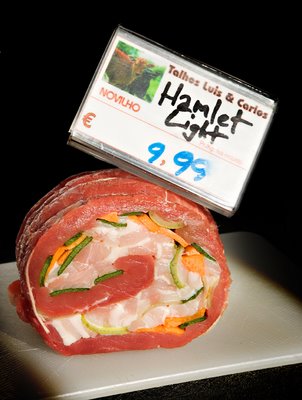
 But he doesn't wait till the day of presentation. Instead, he organizes a vernissage a few days earlier. He invites the broadest range of people possible: art curators, family, security guards, businessmen, construction workers from a site nearby, distant relatives...
But he doesn't wait till the day of presentation. Instead, he organizes a vernissage a few days earlier. He invites the broadest range of people possible: art curators, family, security guards, businessmen, construction workers from a site nearby, distant relatives...

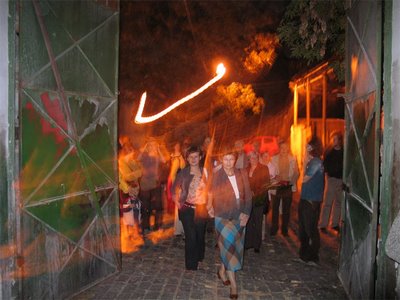 There is, of course, an opening ceremony...
There is, of course, an opening ceremony... ...during which the artist speaks about everything one expects him to - and more...
...during which the artist speaks about everything one expects him to - and more...

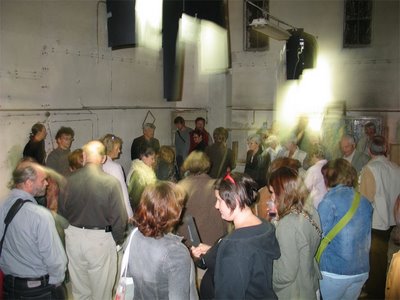
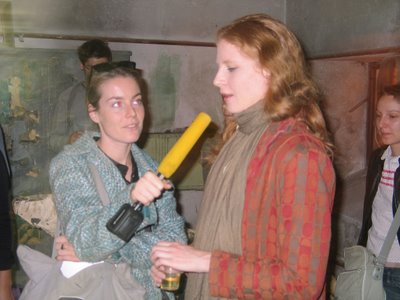 Some of the questions are: Can you descroibe the best work here to someone who isn't seeing it? Why is it so dark in here? What texture do you like objects to have? Why? Do you ever feel like touching objects? Do you think it depends on you or on the objects? Doesn't this pink wall irritate you? Why dogs? Is there any work you don't like particularly? Can you describe it to someone who isn't here?
Some of the questions are: Can you descroibe the best work here to someone who isn't seeing it? Why is it so dark in here? What texture do you like objects to have? Why? Do you ever feel like touching objects? Do you think it depends on you or on the objects? Doesn't this pink wall irritate you? Why dogs? Is there any work you don't like particularly? Can you describe it to someone who isn't here? Like children. This is what I like about it. What could have become a somewhat annoying conceptual work about absence became a reminder of the experience of art. Of our contact with it, and how much an unfinished dog with square legs can mean to us. Even once its gone.
Like children. This is what I like about it. What could have become a somewhat annoying conceptual work about absence became a reminder of the experience of art. Of our contact with it, and how much an unfinished dog with square legs can mean to us. Even once its gone.